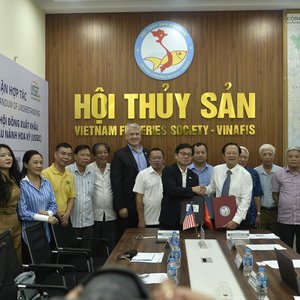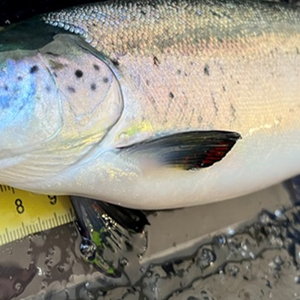EU Compound Feed Production Dropped By almost 4% in 2009, Outlook for 2010 Remains Fragile
FEFAC, the European Compound Feed Manufacturers’ Federation has announced final estmates for compound feed production for the EU-27 (excluding Greece, Malta and Luxembourg) in 2009.
Based on figures provided by FEFAC's members, the total production estimate is now set at 147.6 million tonnes (mt), i.e. 3.8% below the figure for 2008 (153.4 mt). The significant downturn has affected all animal species, in particular cattle feed (around -6%), pig feed (-5%) and, to a lesser extent, poultry feed (-1%).
Four key factors have weighed on the EU feed demand in 2009:
-The dramatic crisis affecting the dairy sector, which triggered a severe contraction of the demand for efficient cattle feed, i.e. compound feed; mainly in the 3rd and 4th quarter;
-The continuation of the downward slope of the pig production cycle, amplified by the financial difficulties of pig farmers;
-The low market quotations for cereals, with the consequence that farmers had few incentives to put their cereals on the market rather than using them on the farm;
-The financial crisis, which led to lower consumer demand for products of animal origin, i.e. to a switch to less expensive animal proteins sources.
As far as countries are concerned, Spain and France are now shoulder-to-shoulder for the position of EU leading country in terms of total compound feed production, preceding Germany. Spain indeed registered a lower decrease, i.e. -2.6% whereas Germany, France, Italy and The Netherlands experienced a downturn within a range of -3.6/-6.1%. Cattle and pig feed production went down in almost all countries, whereas poultry feed production increased in Italy, Belgium, Hungary, Poland and Portugal but dropped a.o. in France, Germany, The Netherlands and Spain.
Outlook for 2010
FEFAC experts identified as key drivers for the compound feed market in 2010 a continuation of difficulties in the dairy sector despite a modest increase in milk prices, the end of the downward trend in the pig production cycle and a continued recovery in consumer demand for poultry products. The current forecasts for the EU cereals harvest 2010 indicate relatively low quotations for new crop grains in 2010, while soybean meal prices are expected to remain stable: the announced decrease in global quotations due to record harvests in South America is likely to be offset by a less advantageous dollar/euro exchange rate. As a consequence, FEFAC experts foresee a further reduction in cattle feed production (-2%) and pig feed (-1%) and a stabilisation in poultry feed production. Overall, compound feed production may decrease by 1% compared to 2009.
FEFAC, the European Compound Feed Manufacturers’ Federation, represents 21 national Associations in 20 EU Member States as well as Associations in Turkey, Croatia, Serbia, Russia, Switzerland, and Norway with observer/associate member status.
Farm animals in the EU-27 consume an estimated 465 million tonnes of feed a year, of which app. 30% are produced by the compound feed manufacturers. Turnover of the European compound feed industry was estimated at € 40 billion for 2009.










